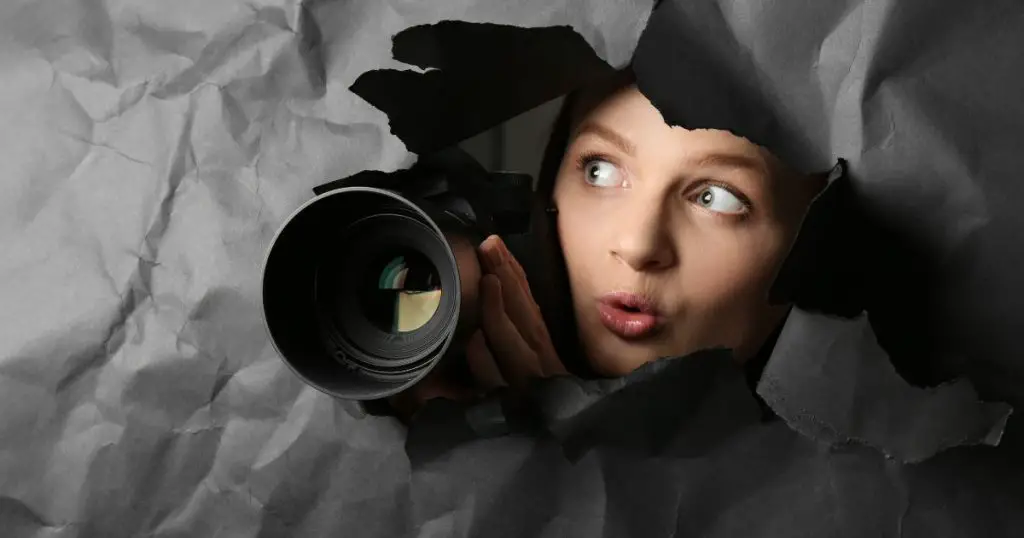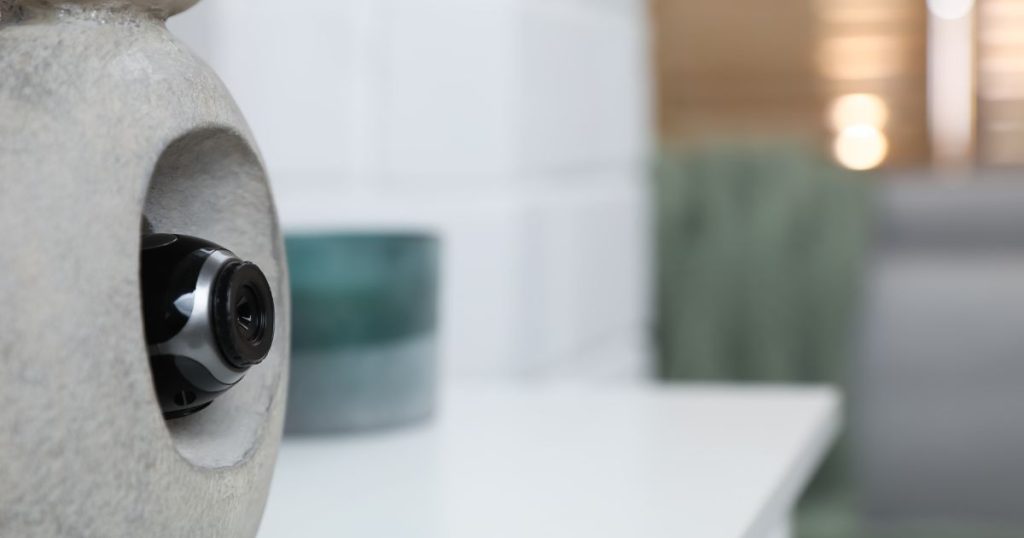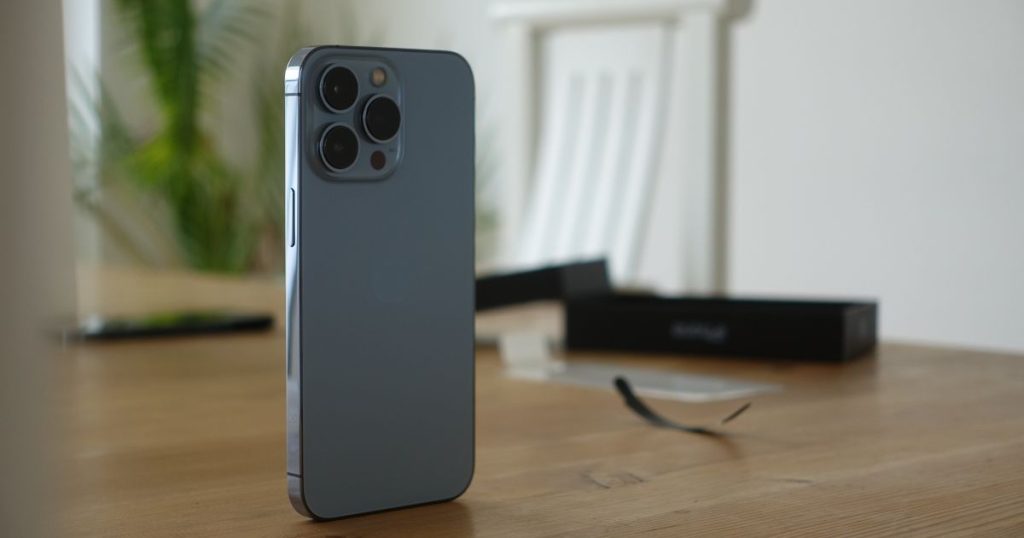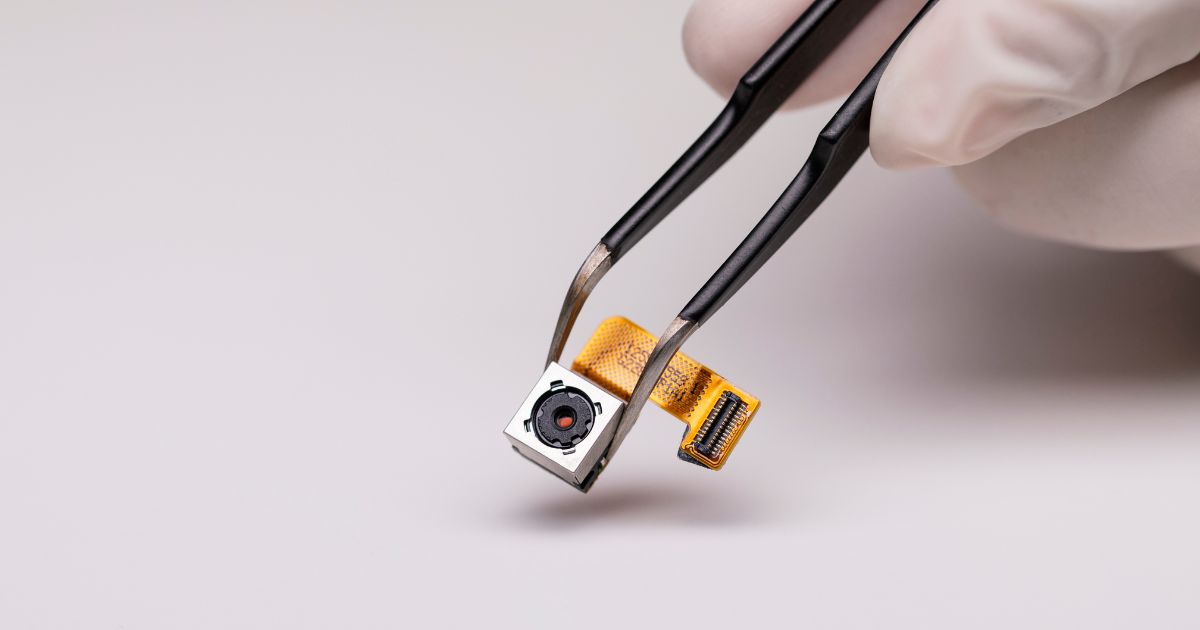Spy cameras are a necessity if you value your protection and safety – whether you’re at home or work. You can get a record of what goes on in your offices or business premises without having to be around 24/7. Hidden cameras at home are important too, and let the parents view the quality of care for their child or senior citizen through granny or nanny cams.
Buying a new camera may not be budget-friendly, but the good news is you can make one at home. Keep reading to find out which of the three simple DIY projects on how to make a hidden camera at your home. Check out our website for more insights on security and safety.
What is a Hidden Camera?
A hidden camera is also known as a spy camera. It is a tiny recording device used to capture video and audio, especially in offices, homes, hospitals, and businesses, among others. Hidden cameras are predominantly used for security purposes but they can also serve other purposes like entertainment, espionage, and photography.
To get a hidden camera, you can either buy one or make one at home. The market is flooded with cameras that have special features to suit every customer’s needs. Such cameras can store recorded data for weeks.
Keep reading to learn more about hidden cameras and find out how to save money by making a hidden camera at home.
Advantages of a Hidden Camera

Having a hidden camera may seem unethical since it may invade the privacy of others. However, there are sound reasons to have one installed in your home or business. Here are a few reasons you should consider a hidden camera:
Improved Security
Hidden cameras offer better security compared to traditional cameras. Traditional cameras are conspicuous, and since everyone is aware of them, they may be more cautious as they walk around them. On the other hand, with a hidden camera, you can watch activities uncensored and get a glimpse of every action in real time.
With a hidden camera, you can step up security at your business by capturing shoplifters and burglars.
Collect Evidence
Cameras keep a record of video and audio recordings, which means you can collect information from the recorded data in case of criminal activity. Traditional cameras can get the job done, but they may not be as effective as hidden cameras.
Criminals can avoid traditional cameras if they know they are there and are aware they are being recorded. A hidden camera is your best option at this point since it is sleek.
Accountability
A hidden camera is perfect for ensuring accountability on any premise. For instance, you can spy on your staff to ensure that everyone does their job well and meets your standards without letting them know you are watching. You could also view the quality of care that a child or senior citizen gets through a hidden camera.
Law enforcement uses hidden cameras for their investigations as well. They can conveniently watch their agents and keep a low-key record of the investigation.
Collect Responses
As you already know, most people modify their actions and behaviors when they know they are being recorded. A hidden camera is a way to avoid that act and catch people being themselves. You can get real responses and honest body language when people do not realize they are being recorded.
Hidden cameras also come in handy during research or while making content for social media. A content creator will have the most original content while spying on their subjects after a prank or during an exchange.
DIY 1: Using a Webcam

The first way to make a hidden camera at home is to hide a webcam inside any ordinary household object, like a dormant appliance, pen, or pencil. You can buy a cheap webcam online or from any electronic shop. Ensure the camera is as small as possible to make it easy to hide. Depending on your reason for spying, keep in mind that more expensive cameras are clearer.
Once you have your webcam, strip off the outer shell to make it smaller. Be sure to avoid tampering with the circuit board though, as it houses the lens.
The next step is to pick a hiding spot for your camera. Choose an object that is always in the room to avoid suspicion. Examples of things you can conveniently use include potted plants, a book, and one of the pens or pencils on the office desk.
Cut out a small opening on your object and mount your stripped webcam. Ensure that the hole is not noticeable and there are no visible wires. If you are using an electronic device, make sure it is turned off and add an ‘out of service’ note to ensure no one turns it on, or your cover will be blown.
Be sure to point the camera toward the area of action. You can glue the camera to an object to keep it secure.
The next step is to connect your webcam to the computer. Use a USB cord to make the connection, and be sure to disguise it. You can use a jacket or a shopping bag to conceal the USB cord but avoid making it too obvious. Ensure that your camera points to prominent spaces, and if you doubt your estimation, you can always set up multiple cameras for the best results.
DIY 2: Using an Old Phone
To make a hidden camera at home using an old phone, you will need to use the camera system of your old phone. You can access the motherboard through the phone’s back casing and find the camera. Carefully remove the camera from the motherboard to avoid damaging it.
The next step is to connect the camera to the four cables labeled red, black, white, and green on the USB and power line. The red and black wires connect to the power while the white and green connect to the USB. Once done, connect the cables to the camera with green and red on the inside terminals and white and black on the outside terminals.
The green wire connects to the inner negative, while the white one goes to the outer negative. On the other hand, the red wire goes to the inner positive, while the black wire goes to the outer positive. Be accurate when making the connections.
Next, connect your camera to a transistor through the white and green wires. Make sure you test your camera before mounting it to any object in the room and check for any suspicious wires. If your camera is functioning well with your phone, proceed to disguise and place it in the right spot.
DIY 3: Using a Smartphone

You can use your smartphone to make a hidden camera at home through an app. Please note that you will not be able to use the phone for other things like calls while filming.
First, install a webcam app from Apple Store or Google Play Store. There are multiple webcam apps, and most of them are free. The app will take over your phone’s camera, limiting your camera usage while recording.
The next step is to connect your smartphone to your computer using the app’s URL link. The link will allow you to record and watch your space remotely.
Once connected, hide your smartphone in the room or space you want to watch. You could hide it on a pile of files or any other household item. Ensure that your phone is connected to reliable battery power or power supply, and keep it in silent mode.
Make sure to secure your network while using unprotected networks or public WI-FI networks to avoid leaking your footage to the public.
Privacy Laws Surrounding Hidden Cameras
Depending on where you live, it may be legal to place a camera in your home and other premises as long as it is in common areas like the living room and dining area. However, some laws prohibit filming in places like the bedroom and bathrooms, attached to a reasonable expectation of privacy.
You may not be able to use footage obtained illegally, even if the evidence is overwhelming. Be aware that you can be sued for filming without consent in many places.
Conclusion
Now that you know how to make a hidden camera at home and the privacy laws surrounding it, you can safeguard your home or other spaces. Be sure to research more about privacy laws concerning hidden cameras before installing one on your premises. Let’s know which DIY project works out for you.

